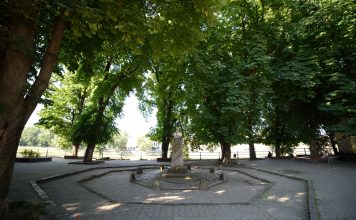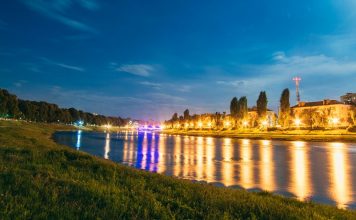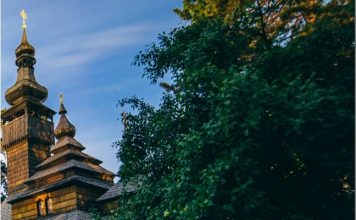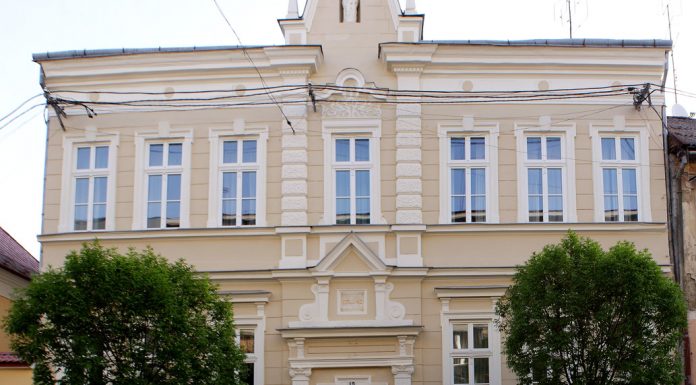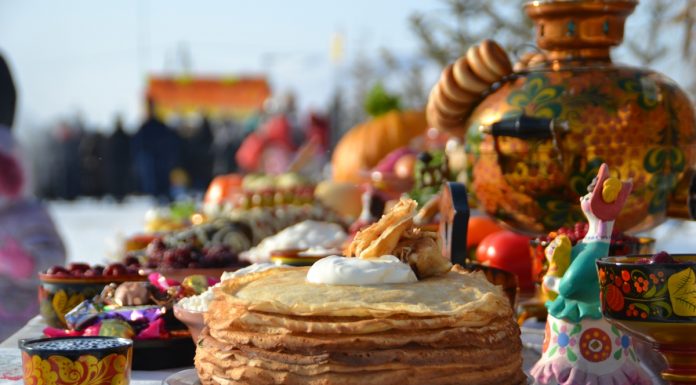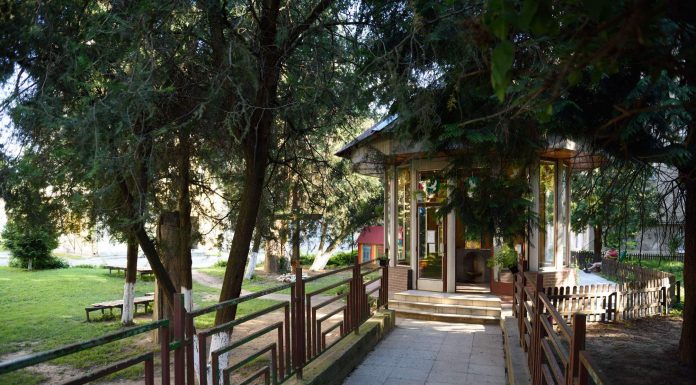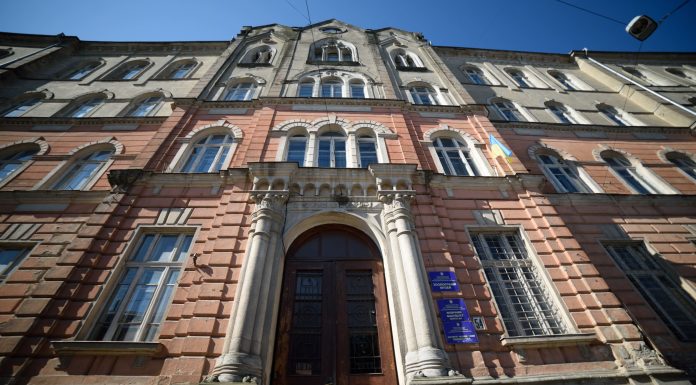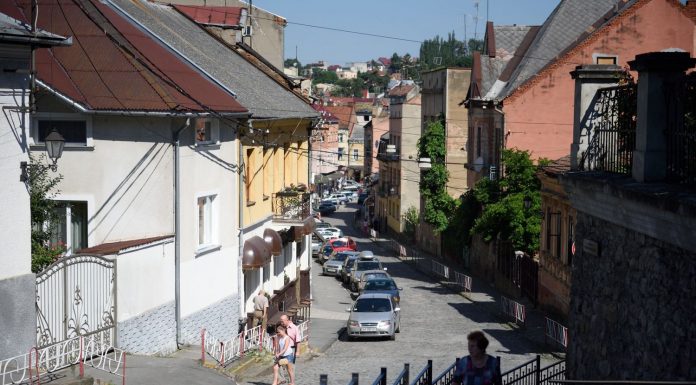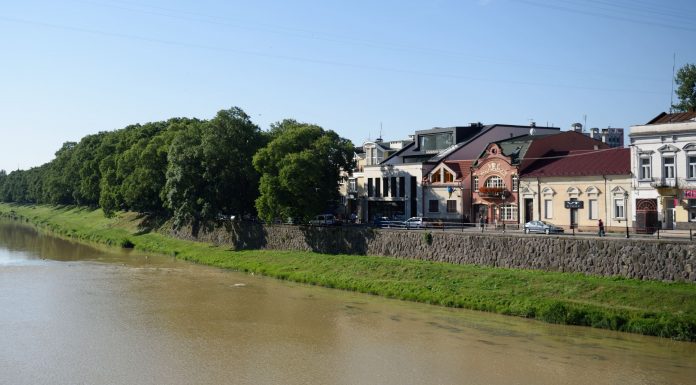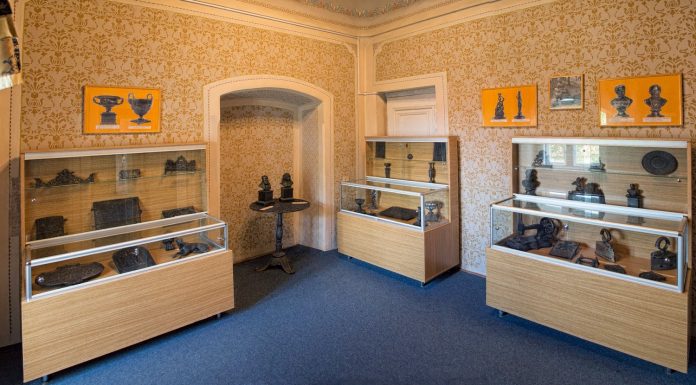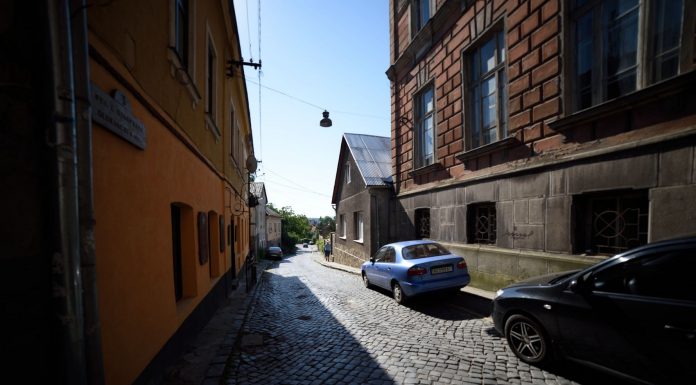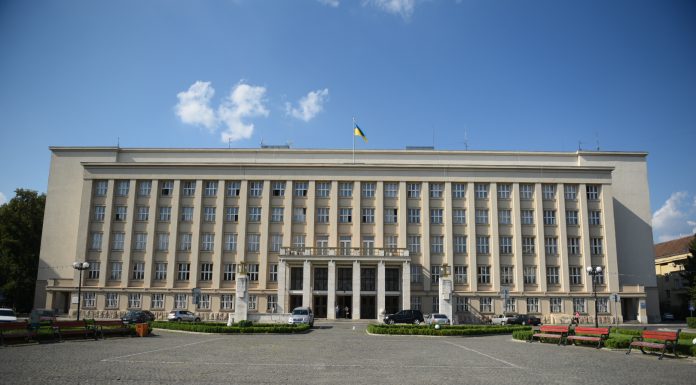From 1902-1907 the building housed a Christian educational institution for girls: the Roman Catholic Lyceum of St. Gizella. According to Hungarian history, St. Gizella was the wife of the first Hungarian king, Stephen I, who baptized Hungary. During Soviet rule, a music school was created in the building and the sculpture of St. Gizella, the symbol of the building,...
This is a gastronomic festival with a variety of cultural and entertainment programs that combines Transcarpathian and Ukrainian traditions with modern trends. The name of the festival - "Palachinta" – comes from the Hungarian «Palacsinta», which in Transcarpathian dialect means "pancake".
The festival program includes:
* folk festivities, concert programs, fun entertainment and contests
*surprises for children
* prizes for the brave who...
Uzhgorod’s Laudon arboretum was founded in 1886 and is named in honor of its founder, Ishtvan Laudon, a professor of the Uzhgorod gymnasium. The park contains about 20 species of trees. Here you’ll find trees from North and South America and Asia. There are also examples of the oldest tree species - ginkgo and also magnolia, swamp cypress, yew,...
Vasilian monastery was built to educate Vasilian monks and Ukrainian children. Project of the building was developed by Uzhgorod architect Ernest Kovosh. Originally a monastery, whose facade overlooked the street, had four-storey central and side parts, where Hanging Gardens were situated.
It was the highest building in Uzhgorod till the First World War. In 1947 the building was transferred to...
The street named after Transcarpathian educator Oleksandr Dukhnovych (24 April 1803 Topolya village, Ukraine – 30 March 1865 Pryashiv, Austrian Empire. He began his literary activity in 1829 and belonged to the so-called arousers. In 1850 he founded “Literary institution” in Pryashev where all the litereary forces of that time were united. O.Dukhnovych issued a hornbook “Reading book for...
Linden alley is a park-monument of artistic landscaping of local importance in Ukraine. In 1928 Czech botanists collected and planted different varieties of linden tree here, which is why the alley blooms all throughout summer. The Alley is located on the right bank of the river Uzh and its length is 2.2 km. The Alley has about 300 lindens,...
Без категорії
Narodna Square (former house of the People’s Council, the building of the former Czech gendarmerie)
After joining Subcarpathian Rus to Czechoslovakia, the Government of the Czechoslovak Republic decided to build a new modern area to enhance the prestige of Uzhgorod as the main city of the region. In October 1921 it was developed and published technical specifications for the construction of a new quarter - of Small Halahova with the participation of the government...
Since 1946 Transcarpathian Museum of local lore began to work in Uzhgorod Castle. "Exposition of nature department" provides physical and geographical characteristics of the Transcarpathian region, data on mountains, forests, flora and fauna and more."Exposition of archeology department" highlights the topic "Transcarpathia in the era of the ancient Stone Age, Paleolithic", "Transcarpathia in the era of New Stone Age,...
The street named after Czech writer and public figure - Ivan Olbracht, but his real name is Kamil Zeman (6 January 1882, Semili, Bohemiia, Austria Hungary – 20 December 1952, Prague, Czechoslovakia). Adventure novel “Mykola Shuhay - thief” (1933) is a masterpiece of Ivan Olbracht. It was created on folklore and life basis. Hero of the novel - a...
Без категорії
Transcarpathian Regional State Administration (Provincial administration of Czech-Slovak Republic)
The building of Provincial administration was built in 1934 - 1936, designed by Czech architect Anton Krupka in the style of "constructivism". This style originated in the 20-30 years of the twentieth century and was different from others by new look at simple things. In the architecture an attention is paid not to the rigor of geometry and the...

